Philips PUS7009 with a VA panel is a television that will best suit casual users who primarily use it for watching television, browsing photos, or using basic applications. Thanks to the VA panel, it offers significantly better contrast and deeper blacks compared to the IPS version, making it a better choice for watching movies in darker rooms. Features such as ALLM, VRR, and Game Bar provide satisfactory compatibility with consoles, making it a solid option for less demanding gamers. In terms of picture quality, Philips PUS7009 with a VA panel offers better black levels than the IPS variant, but it is still not without its flaws. Low brightness and lack of Dolby Vision support mean that the television does not handle more demanding HDR scenes well. Philips' proprietary operating system, TitanOS, still leaves much to be desired. Although it provides access to basic applications, its limitations and lack of intuitiveness can be frustrating for more advanced users. At this price point, it is worth considering other models (listed below) that will better meet the demands in terms of picture quality and multimedia features.
- Matching (Score)
- Our verdict
- TV appearance
- Where to buy
- Contrast and black detail
- HDR effect quality
- Factory color reproduction
- Color reproduction after calibration
- Smoothness of tonal transitions
- Image scaling and smoothness of tonal transitions
- Blur and motion smoothness
- Console compatibility and gaming features
- Input lag
- Compatibility with PC
- Viewing angles
- TV efficiency during daytime
- Details about the matrix
- TV features
- Apps
- Playing files from USB
- Sound
Philips PUS7009 (VA) vs LG OLED C5
Direct compare
Check the best price offer:
LG OLED C5C5 / C54 / C5ELB / C51
Available screen sizes: 50”

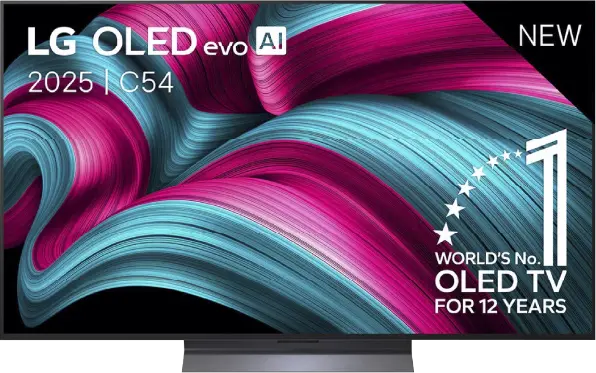
Panel type: LCD VA
Resolution: 3840x2160
System: Titan OS
Model year: 2024
Complete the survey to find out the result

Panel type: WRGB OLED
Resolution: 3840x2160
System: WebOS
Model year: 2025
Complete the survey to find out the result

Overall rating
5.3
8.2
Movies and series in UHD quality
4.9
8.5
Classic TV, YouTube
5.4
8.9
Sports broadcasts (TV and apps)
5.0
8.6
Gaming on console
6.6
9.4
TV as a computer monitor
2.0
8.6
Watching in bright light
4.4
6.2
Utility functions
6.2
7.9
Apps
6.2
9.1
Sound quality
5.6
7.2
Complete the survey to find out what fits your preferences
Advantages
Good native contrast - better than in the IPS matrix variant
Dynamic tone mapping improves image quality in demanding scenes
Okay for casual gamers - VRR, ALLM, low input lag
Supports all popular audio formats, including Dolby and DTS
Great black and endless contrast thanks to the OLED panel
Above-average brightness (for an OLED TV)
Nearly reference-quality picture after calibration
Full suite of features for gamers: 4xHDMI 2.1, low input lag, HGiG, VRR and more
Very good motion smoothness – 144 Hz OLED panel
Intuitive and modern WebOS system
Convenient Magic remote control with a gyroscope
Disadvantages
Very low brightness (250 nits)
Poorly developed operating system - TitanOS
No support for Dolby Vision
Worse viewing angles than the variants 43' and 55'
Different versions of the remote in derivative models – it's hard to predict which version we'll get
Average reflection damping – this may be an issue under very bright light
No support for DTS:X – an external amplifier is required for full support of this format
Our verdict
LG C5 is a very successful continuation, and in several aspects, even a step forward compared to last year's C4 model. The biggest change is the significantly higher brightness – for the first time in the history of the C series, the barrier of 1000 nits has been exceeded, which significantly improves the quality of HDR effects. Both movies and TV shows look more dynamic as a result, and bright scenes finally have the appropriate “shine.” After calibration, the picture quality is almost reference-level, and one gets the impression that we are dealing with equipment much more expensive than its price suggests. C5 is also one of the best choices for gamers – four full HDMI 2.1 ports, low input lag, support for VRR, G-Sync, and correctly implemented HGiG. Additionally, the 144 Hz panel makes not only gaming but also watching sports pure pleasure. The convenient WebOS system and the Magic remote with cursor control functionality deserve a mention as well – everything works smoothly and intuitively. This is a television that you simply want to use.
However, there are a few minor reservations. This year, LG decided to abandon support for DTS codecs, which may be troublesome for people using physical media and Blu-ray film collections. It's also worth noting the confusion regarding the different versions of the remote – depending on the model designation, we may receive a completely different remote than the one we held during our tests. Despite these few comments, LG C5 is a television that makes an excellent impression in almost every respect. Brightness, colours, gaming features, fluidity of the image, and overall build quality make it one of the best OLEDs in its class.
TV appearance




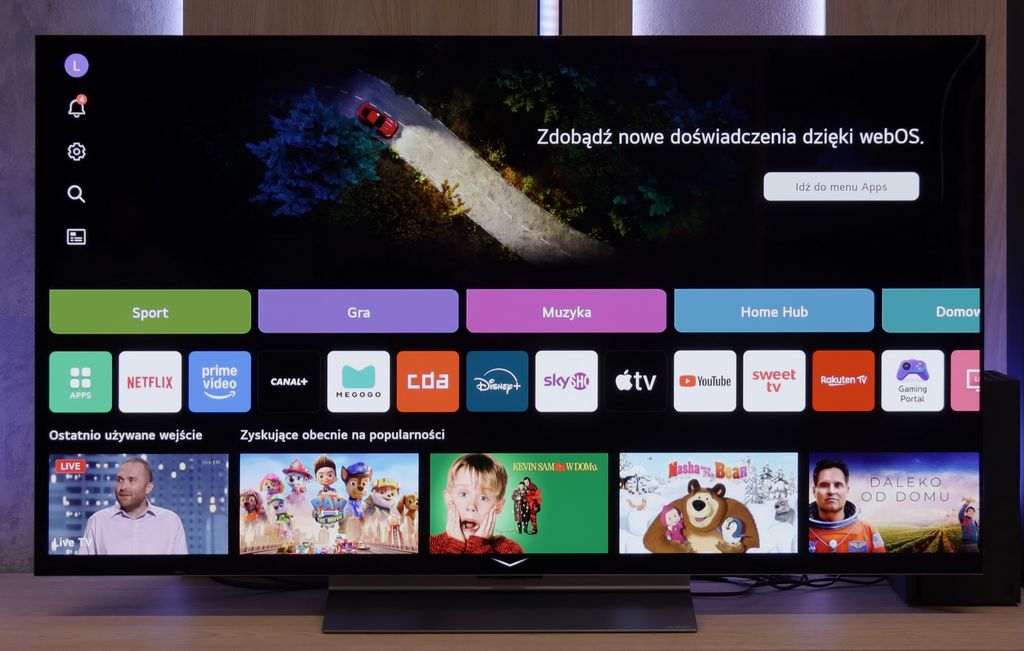
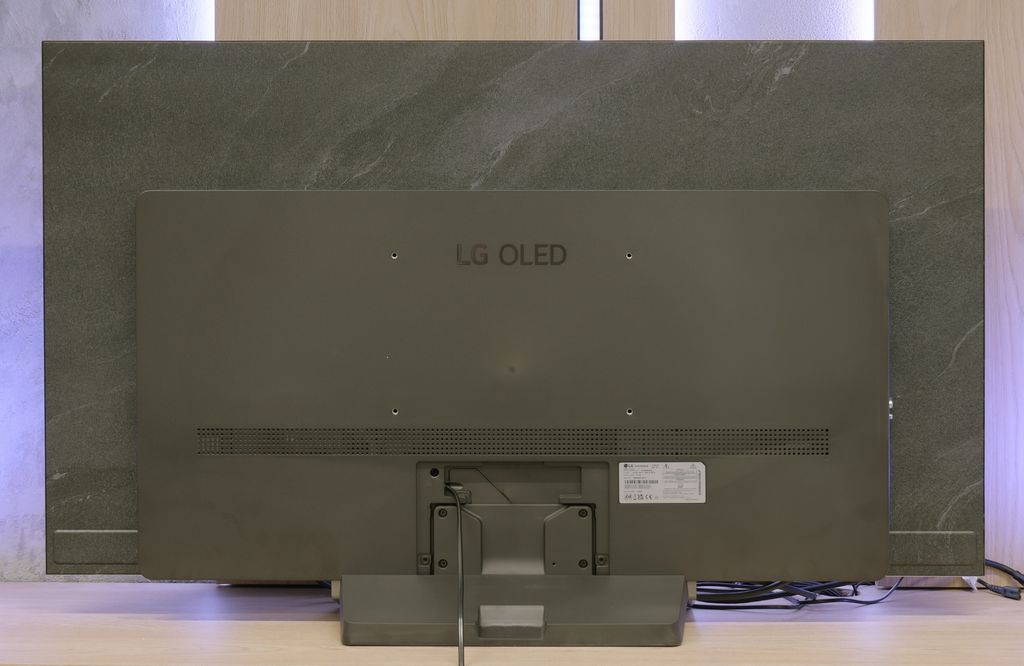
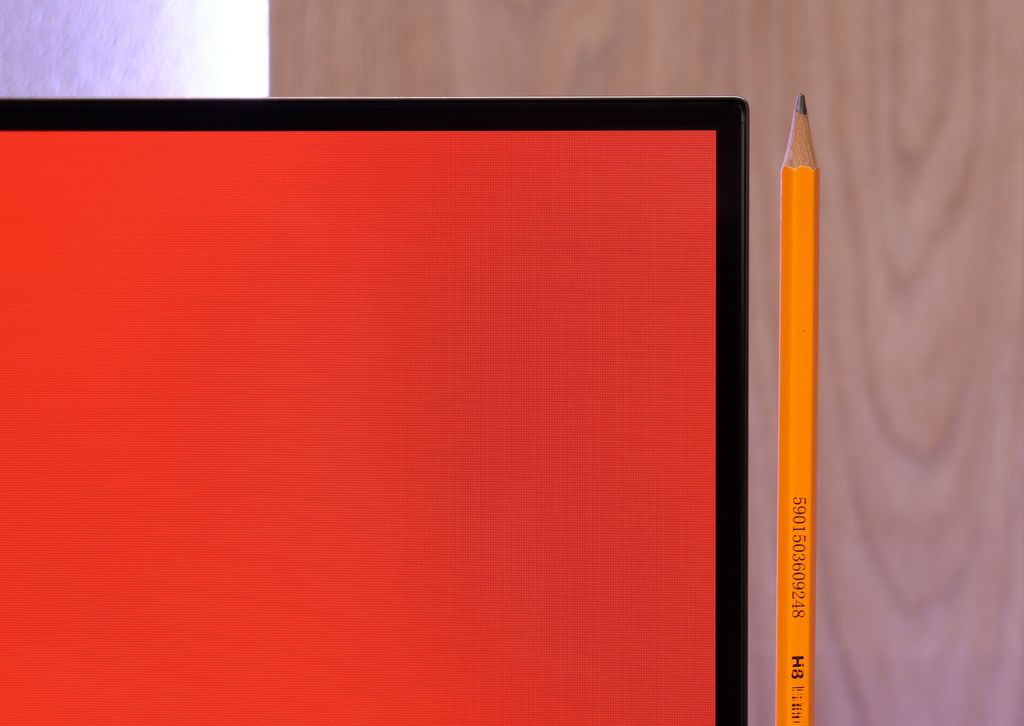
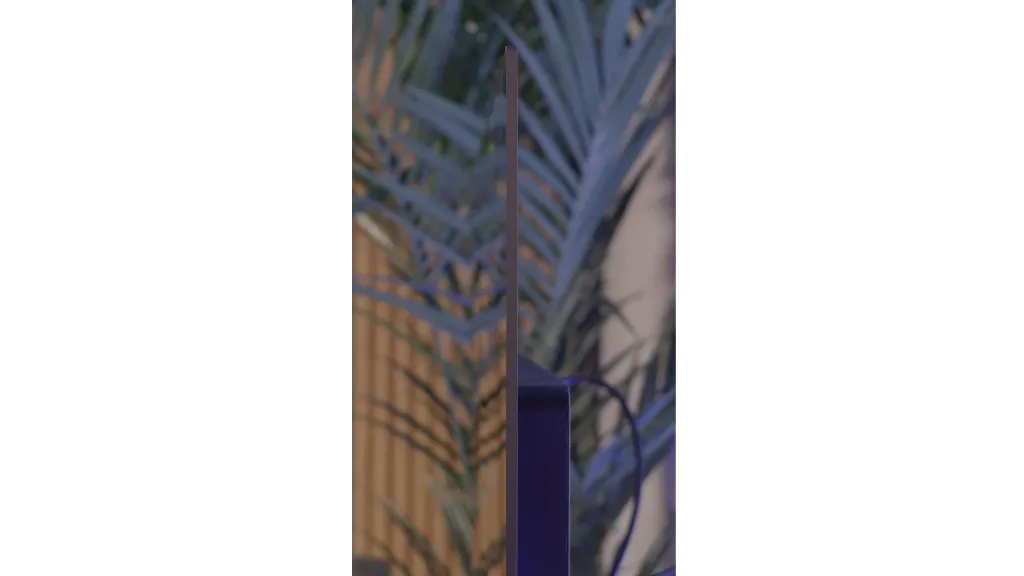
Contrast and black detail
5.4/10
10/10
Local dimming function: No
Contrast:

Result
4,250:1

Result
4,600:1

Result
3,800:1

Result
4,200:1

Result
4,250:1

Result
∞:1

Result
∞:1

Result
∞:1

Result
∞:1

Result
∞:1
Halo effect and black detail visibility:

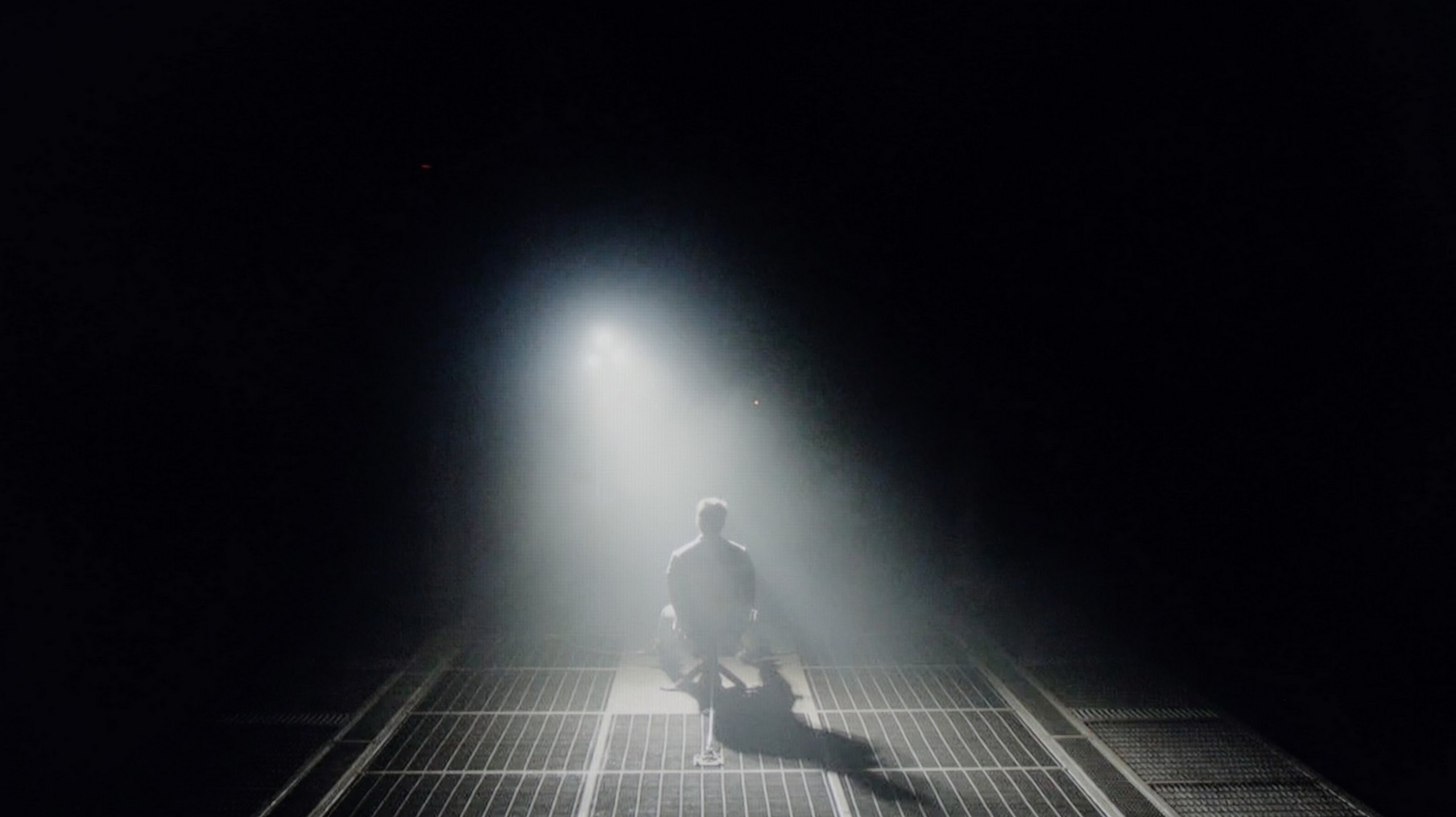

Philips PUS7009 in the 50' variant uses a VA panel, which offers better contrast and deeper blacks compared to the IPS panel variant, albeit with some limitations. Due to its price, this model does not feature local dimming technology, which affects the quality of blacks in challenging scenes. For example, in the film The Revenant, one can notice that the blacks take on a shade of navy blue, which prevents complete immersion in the film's atmosphere. Nevertheless, compared to the IPS version, the difference is noticeable in favour of the VA panel, which handles darker scenes significantly better, providing a more satisfying picture in poorly lit rooms.
In the category of black and contrast, the LG C5 fits perfectly into what we've come to expect from OLED TVs – it's simply ideal. Thanks to the use of an organic matrix (WOLED), each pixel lights up independently, resulting in infinite contrast and perfect black. There are no halos, streaks, or other typical LCD TV artifacts here. Details in bright parts of the image are excellently visible, and watching with the lights off is pure enjoyment. If someone is looking for a TV for evening viewing with great contrast – the C5 is a very strong contender.
HDR effect quality
3.4/10
7.2/10
Luminance measurements in HDR:

Result
229 nit

Result
210 nit

Result
241 nit

Result
234 nit

Result
240 nit

Result
1079 nit

Result
1059 nit

Result
1120 nit

Result
1094 nit

Result
707 nit
Scene from the movie “Pan” (about 2800 nits)


Scene from the movie “Billy Lynn” (about 1100 nits)


Static HDR10


Dynamic: HDR10+
Dynamic: Dolby Vision


HDR luminance chart:
LG OLED C5
Luminancja HDR
Luminance of RGB colors
Philips PUS7009 (VA)
Luminancja HDR
Luminance of RGB colors
In terms of HDR effect quality, Philips PUS7009 performs very poorly. A brightness level of 250 nits does not allow for an enjoyable HDR experience, and the image resembles more of a standard SDR. There’s no mention of dynamic effects or vivid bursts of light. The coverage of the DCI-P3 colour gamut is only 75%, which is definitely insufficient. The lack of full colour coverage means that the colours are not as vibrant as they should be, resulting in a flat and unconvincing image. There are no aspects of this model that could be praised in the context of HDR.
LG C5 has finally done what we've been waiting for years in the C series – it exceeds 1000 nits of brightness! This is a significant change compared to previous models in the series and very important – because most HDR content on streaming platforms is created around such luminance today. The image finally has the right "glow," and details in the highlights look as they should even without the use of dynamic metadata. However, there are scenes where the C5, like most OLED TVs, has certain issues. Especially when the screen has to light up entirely. In our test sequences, like the bright scene from the movie The Meg, brightness noticeably drops. Don't get us wrong, this result is not bad; it’s more of a reminder that OLED technology still has its limitations. Year by year, they are getting smaller, but they still exist.
Now, what about the colours? They are very good. Although the C5 doesn't match OLEDs with QD-OLED or Tandem RGB panels, its coverage of the DCI-P3 gamut at 97% and 73% of BT.2020 will satisfy even the more demanding viewers. The colours are saturated, natural, and very consistent in HDR materials.
Factory color reproduction
4/10
8.2/10


Factory Mode
After calibration


Factory Mode
After calibration
The television was tested in movie mode, which - despite its name - does not provide correct image display. The white balance in both 4K HDR and HD/SDR content shows drops in the red color, making the image cooler and the colors lose their natural warmth. The gamma brightness characteristic and EOTF curve confirm that the television struggles to maintain appropriate brightness - it excessively boosts it, resulting in an unnaturally washed-out image. This effect can be seen in the comparisons below, where everything looks as if a milky filter has been applied. Additionally, the limited coverage of a wide color gamut does not contribute positively to quality - color checker tests indicate significant color fluctuations, making it difficult to achieve faithful image reproduction.
LG C5, like other TVs we tested, was checked in the best possible factory mode – which remains the Filmmaker Mode. And here we have good news: in SDR materials, LG has once again done a solid job. The white balance and colour reproduction right out of the box are at a very high level. Most errors – both in balance and in the Colour Checker test – did not exceed a ΔE value of 3, which is the threshold above which differences become visible to the naked eye. Such factory settings are what we'd like to see in many more TVs!
However, the situation is different for HDR content, which is what the C series was truly designed for. Here, the C5 performs weaker. An excessive amount of blue in the white balance causes the image to appear distinctly cooler – which affects things like unnaturally pale skin tones or somewhat shifted tonality of the entire scene. Fortunately, LG provides very precise calibration tools, and we – as always – made use of them.
Color reproduction after calibration
5.7/10
9.4/10




After calibration, the image significantly improved, especially in terms of white balance, which is now more stable, and the hues have gained a natural quality, eliminating the previous impression of an overly cool image. The calibration brought noticeable benefits in tonal quality – shadows and midtones are now more realistic, and the overall appearance seems more harmonious. Unfortunately, hardware limitations still affect image quality. Brightness characteristics remain problematic, despite our efforts, and due to poor coverage of the DCI-P3 and BT.2020 colour gamut, delta E errors are still at a high level. Although calibration improved some aspects, the television still does not provide full satisfaction.
We must honestly admit – in the case of the LG C5, it took very little to achieve an almost perfect image. After carrying out calibration, we managed to achieve compliance with reference screens at a level that impresses even compared to significantly more expensive models. The image after our adjustments looks exactly as filmmakers and series creators would want – with no colour distortion, natural depth, and subtle plasticity. LG has done a great job this year regarding factory settings and calibration potential. Hats off!
Smoothness of tonal transitions
7.6/10
8.2/10












The gradation of tonal transitions in the Philips PUS7009 TV is at a decent level and does not exhibit serious flaws that could affect viewing comfort. Although upon closer inspection, one can notice minor imperfections in bright and colourful transitions, they are minimal enough that most viewers are unlikely to notice them. The version with the VA panel performs slightly worse in this regard, however, the differences are subtle enough that they shouldn't bother the average user.
WOLED TVs have not been known for perfect smoothness in tonal transitions until now. It was often noticeable to see delicate bands between colours – especially in darker parts of the image – which gave the impression that the colours do not transition smoothly, but rather slightly "step". This year, LG has made significant progress. In the C5 model, this issue has been largely eliminated. Indeed, in very dark scenes, you can still see subtle boundaries between colours, but they are non-intrusive enough that hardly anyone except for more demanding viewers will notice them. For most users, the smoothness of tonal transitions in the C5 will simply be impeccable.
Image scaling and smoothness of tonal transitions
6/10
7.8/10
Smooth transition function

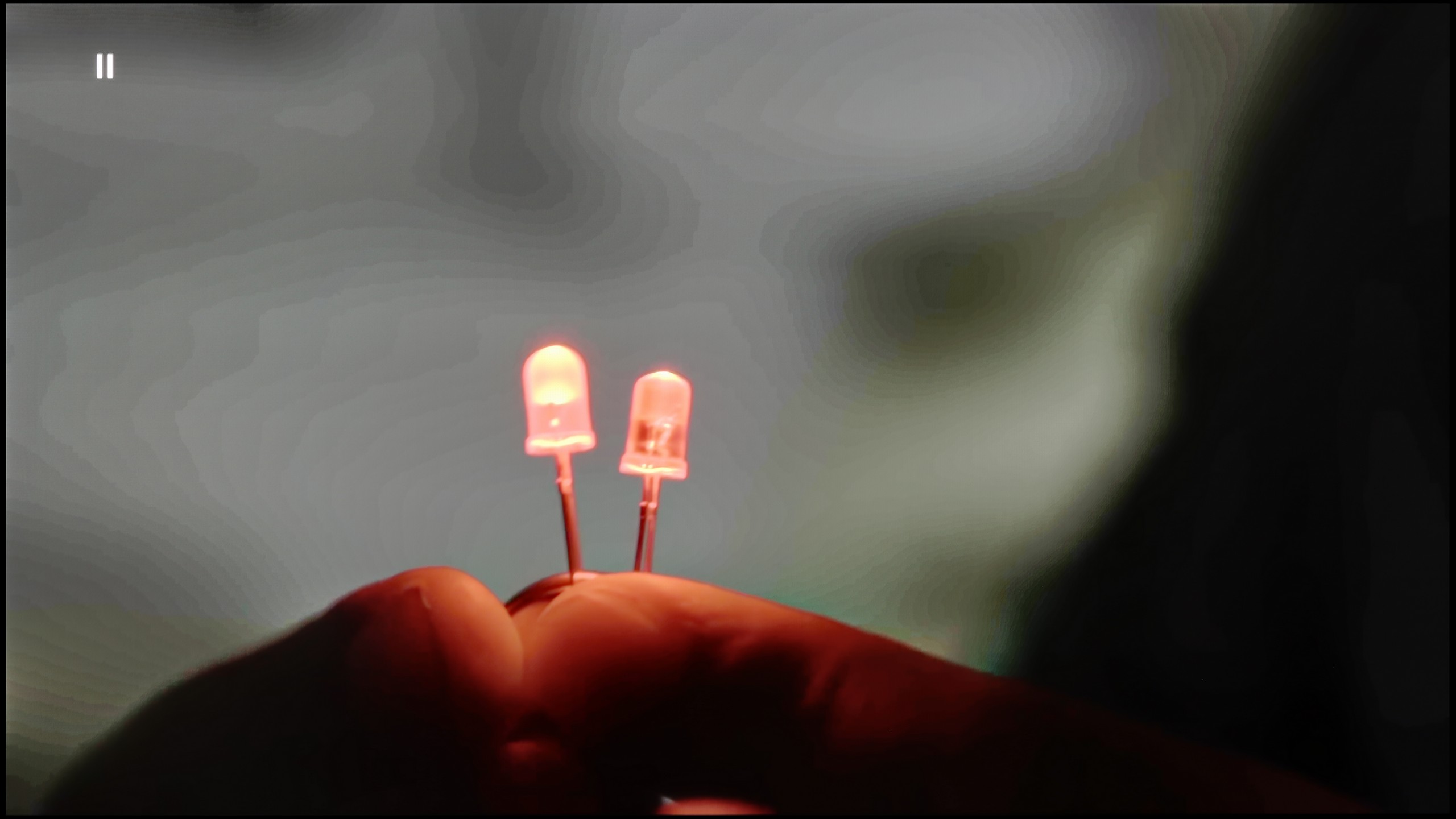
Image without overscan on the SD signal


When it comes to tonal transitions in low-quality material, the function called "Distortion Reduction" (setting “minimum”) effectively improves the gradation, eliminating unsightly tonal transitions. However, this setting on Philips televisions is quite aggressive – while it does not blur grain or good quality material, it can introduce unwanted effects and blur elements that should remain clear with a poorer signal.
In terms of image scaling, Philips PUS7009 performs reasonably well. A major advantage is the lack of cropped edges of the image, meaning no overscan, which allows for displaying the full frame without losses. The image is noticeably enhanced, making characters and backgrounds, such as the model or branches in the background, appear quite detailed and natural, even with lower quality signals. Although scaling is not perfect, as it can remove desired details in the distance, the results are good enough to satisfy most users.
LG C5 handles lower quality materials exceptionally well. One of the main issues that older WOLEDs faced was posterisation – unwanted “steps” in colour transitions. The C5 utilises a system function that smooths these transitions, and it works surprisingly effectively. The banding effect is nearly completely eliminated, and the image gains consistency. Compared to last year's model, we feel that this function operates slightly weaker – but the good news is that it doesn't compromise the image structure. Film grain, textures, and details remain on the screen – nothing is forcefully smoothed out.
The C5 also excels at enhancing the quality of older recordings. Thanks to the α9 Gen6 (8th gen) processor, "scaling to 4K" is impressively solid. The image is clear, details are sharp, and the only minor drawback might be a slightly noticeable aliasing on some edges. However, there is no problem with overscan here – the image is not artificially cropped or shifted, which is a significant plus and still not a given.
Blur and motion smoothness
4.9/10
8.5/10

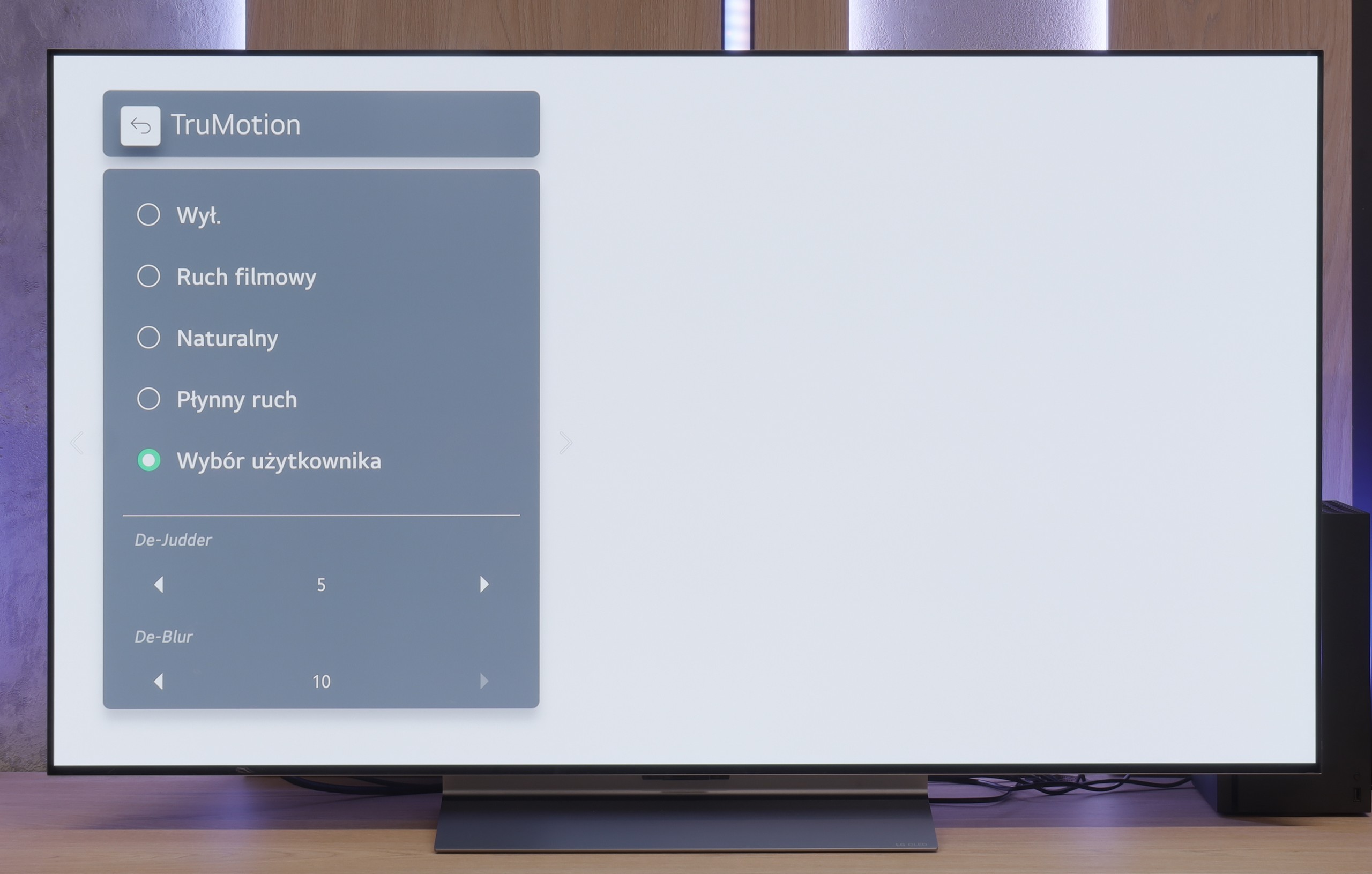
Blur (native resolution, maximum refresh rate):






Philips PUS7009 does not have motion smoothing features, which means there's no option to adjust the picture for a choppier or smoother, theatrical effect. Such features could positively affect the viewing of dynamic scenes. In terms of motion blur, this model is equipped with a 60 Hz VA panel, which delivers slightly worse results than the IPS panel variant. The VA panel introduces minimally greater motion blur, although the differences are not significant and should not pose a problem for most viewers.
The LG C5 is equipped with a 144 Hz display, and this, combined with virtually zero response time of the OLED pixels, makes it one of the best screens for watching dynamic content. It doesn’t matter whether it’s sports, fast-paced games, or just action – the image is razor sharp.
And what about movies at 24 frames? LG has thought of that too. The built-in "TruMotion" smoother allows you to adjust the picture to your own preferences. The “de-judder” slider increases fluidity in films, while “de-blur” subtly reduces motion blur – although to be honest, it’s practically invisible here.
Console compatibility and gaming features
4.7/10
10/10
- ALLM
- VRR
- VRR range48 - 60Hz40 - 144Hz
- Dolby Vision Game Mode
- Correct implementation of HGIG
- 1080p@120Hz
- 1440p@120Hz
- 4K@120Hz
- Game bar

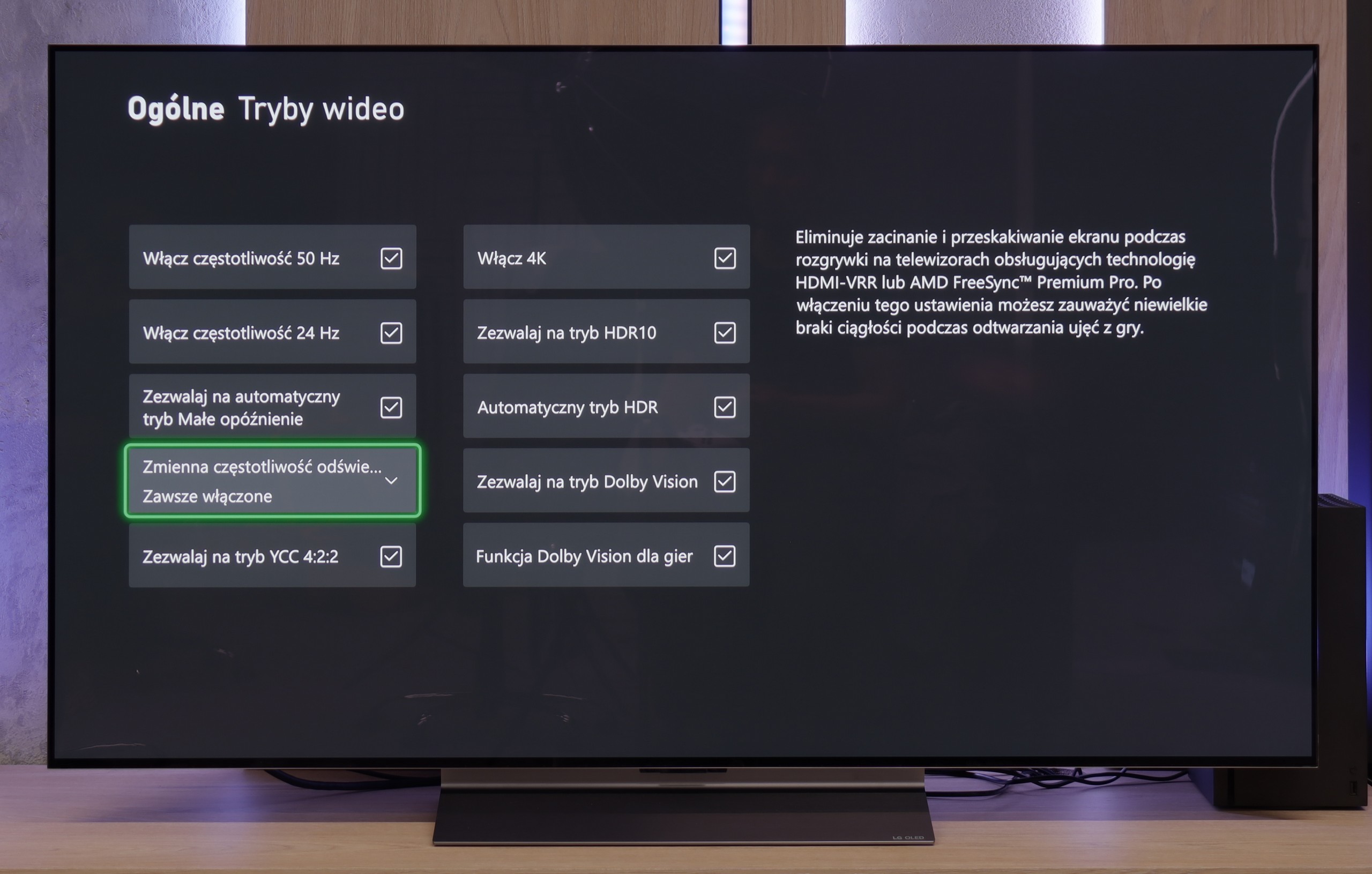

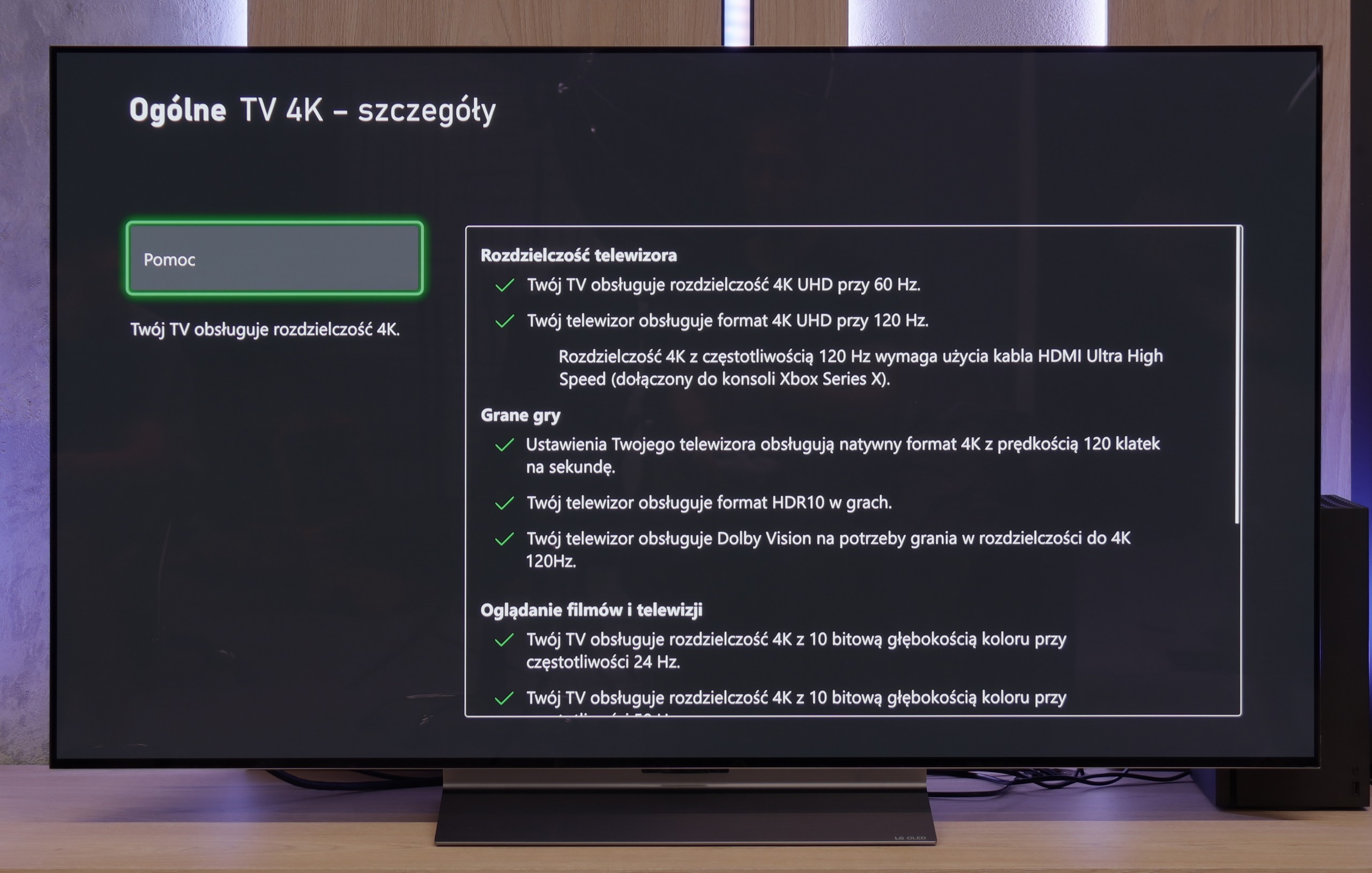

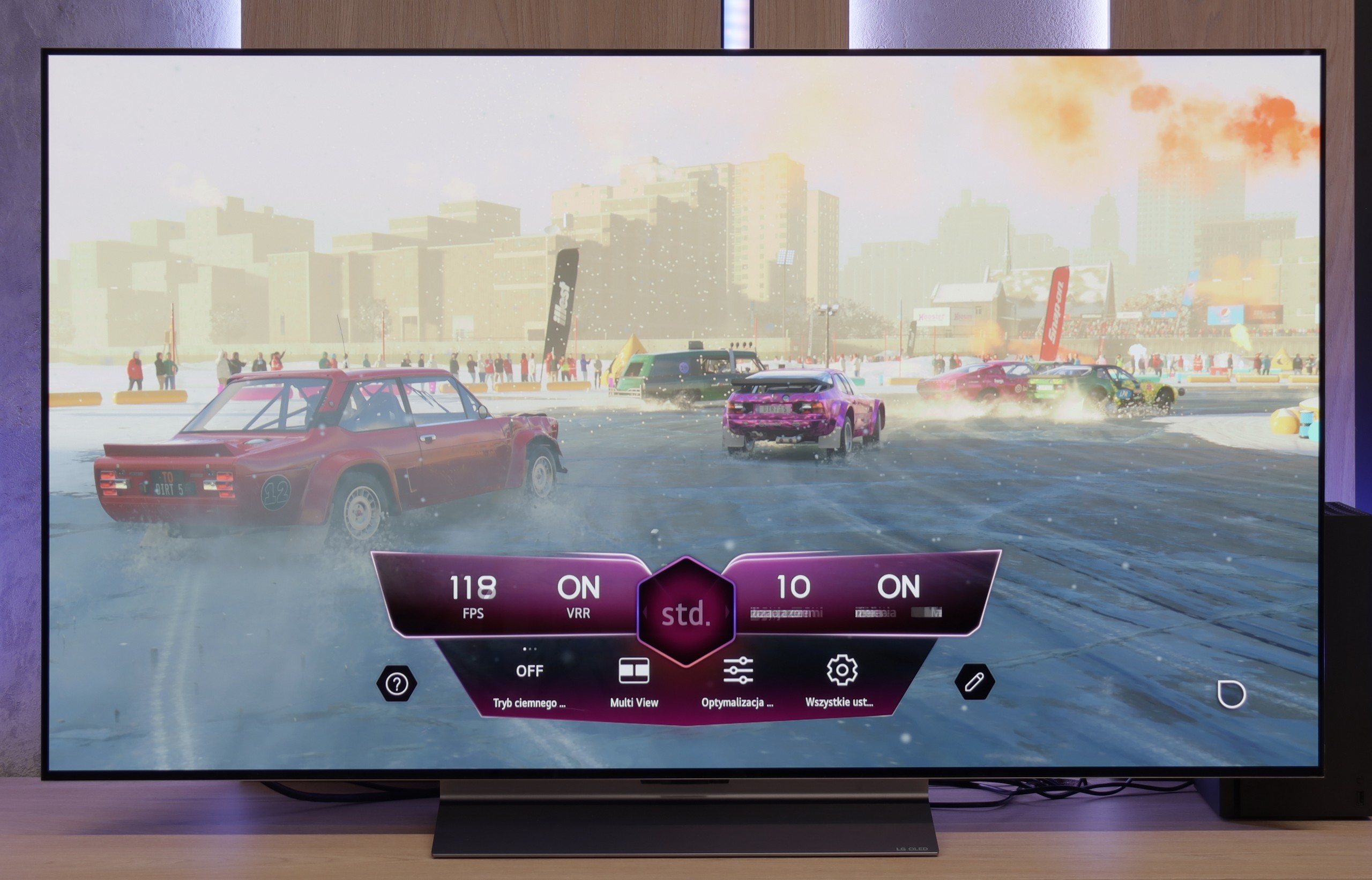

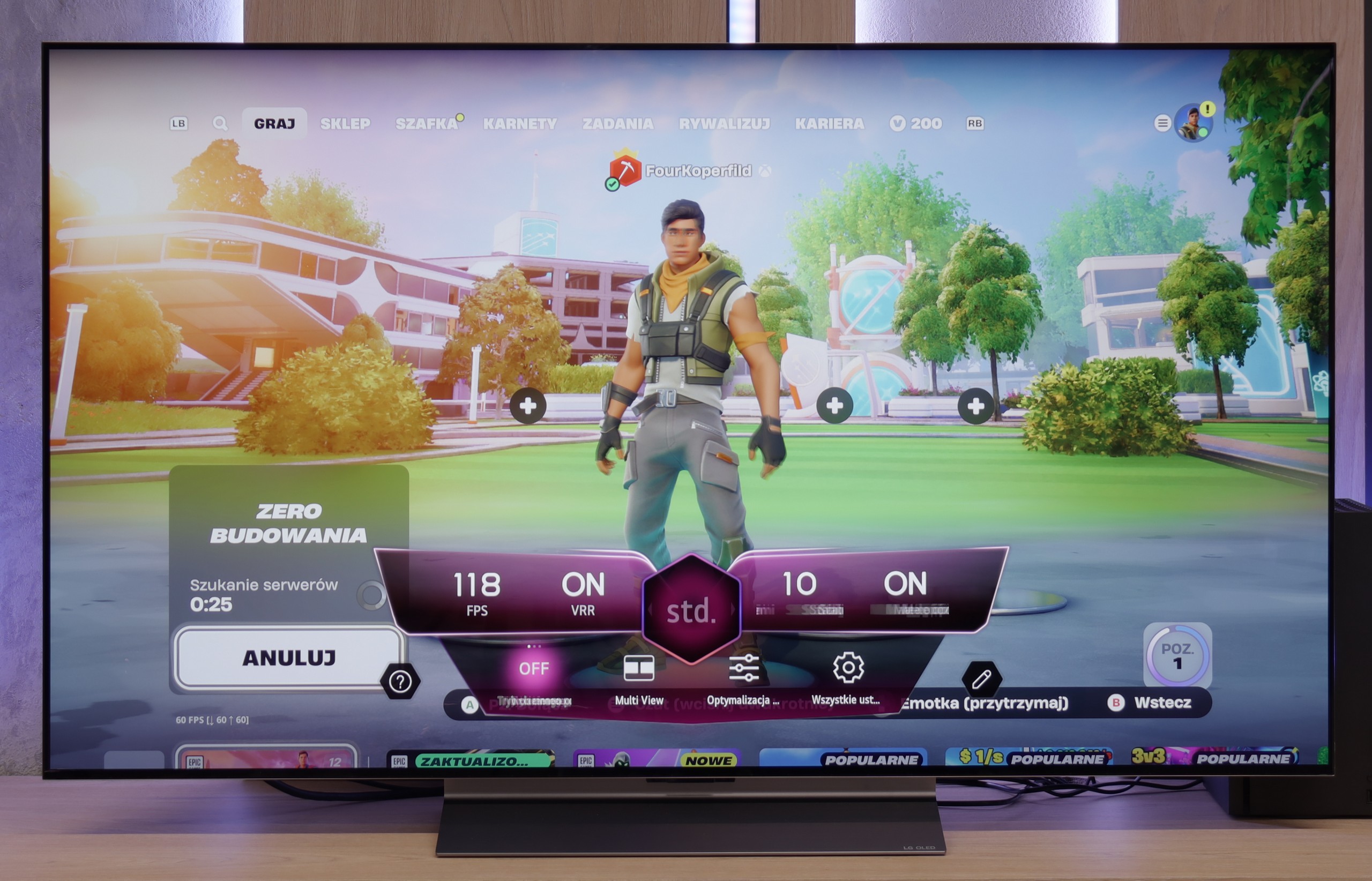
In terms of compatibility with consoles, Philips PUS7009 is likely to satisfy casual gamers. Although equipped with HDMI 2.0, it offers features such as ALLM (Auto Low Latency Mode), VRR (Variable Refresh Rate), and Game Bar. ALLM automatically switches the TV to low latency mode, which speeds up responses during gaming, and VRR adjusts the refresh rate to minimise screen tearing. The Game Bar provides quick access to game settings and monitors key parameters, although visually it falls short compared to competing solutions. However, more demanding gamers may feel underwhelmed. Philips PUS7009 does not support advanced HDR formats in games, and the 60 Hz panel limits its ability to display smooth and detailed images in dynamic scenes, which may not satisfy fans of fast-paced action games.
LG C5 is a TV designed with gamers in mind – and there's not a hint of exaggeration in that. It's hard to find anything to criticise here. We have a refresh rate of 144 Hz, full support for VRR, ALLM, and as many as four HDMI 2.1 ports with full bandwidth of 48 Gb/s. For those who have an Xbox, PS5, Nintendo, and a gaming PC in one room – no limitations, everything can be connected without any hassle.
Configuring HDR for gaming is also straightforward. The TV correctly supports the HGiG mode, which allows you to achieve an image that aligns with the creators' intentions. For those interested, there is also Dolby Vision in the Gaming version, although we still recommend HGiG as the most predictable and "clean" variant of HDR in games.
It also includes the Game Bar, which is a "command centre" for the gamer. Everything important, from VRR settings, picture modes, to frame rate information – is at our fingertips. The interface is simple and clear. It may look like something out of a space simulator, but it serves its purpose and just works; exactly as it should.
C5 is truly a complete package for any gamer.
Input lag
10/10
10/10
SDR
HDR
Dolby Vision
Input lag in Philips PUS7009 is at a very good level – it's only 11 ms for supported resolutions. For most gamers, this low level of latency should be satisfactory, providing smooth and responsive experiences during gameplay.
The response time of the LG C5 to our movements with the controller is exemplary. Regardless of the chosen resolution or frame rate – the lag is so low that it is virtually unnoticeable in practice. Playing on this television is simply a pure pleasure. Some delay is introduced by the Dolby Vision mode, which shouldn't be surprising – this applies to almost every television on the market equipped with this mode. Nevertheless, even with Dolby Vision active, the input lag remains low enough that gameplay is still smooth and responsive.
Compatibility with PC
2/10
8.6/10

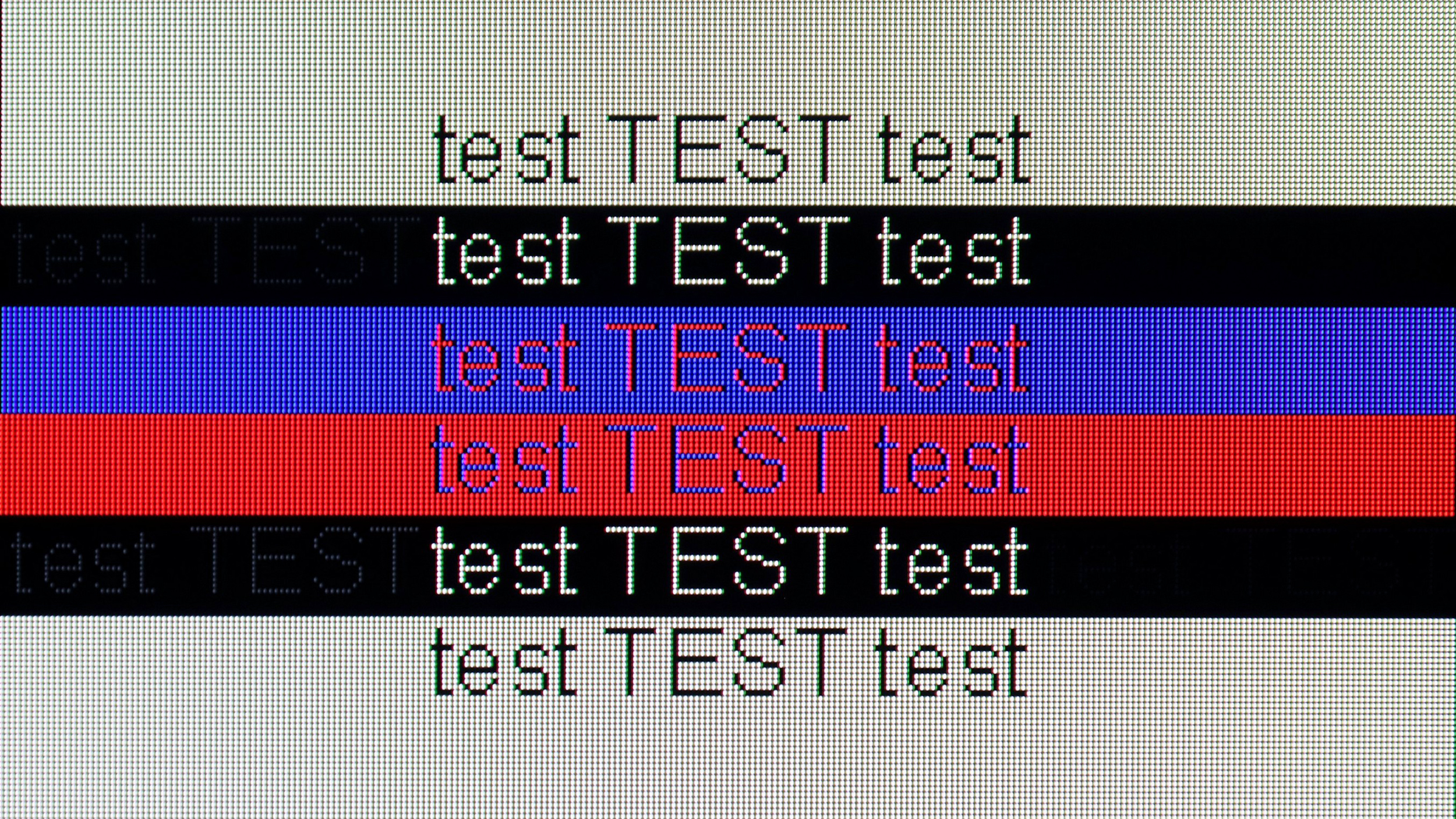
When it comes to working with PCs, the VA panel variant in Philips PUS7009 is not suitable for text work, despite supporting chroma 4:4:4. The visibility of fonts is at an average satisfactory level. The biggest issue is their display on a dark background – text appears "pixelated," and the letters have a multicoloured texture, which significantly hinders comfortable work with documents and text editing.
C5 – as we mentioned – is a television created for gamers, so playing even on a computer is an absolute pleasure. The 144 Hz panel, low input lag, and original G-Sync certification just confirm this.
When it comes to work – it's also very good. The fonts are readable, the interface clear, however, it's worth remembering that we are dealing with a WOLED panel and a WRGB subpixel arrangement (slight shadows visible behind the font). So, if someone plans to place the C5 on a desk in smaller sizes like 42 or 48 inches for everyday office work, it’s worth checking it out for yourself first. For occasional desktop use and primarily for gaming – there are no reasons to be concerned.
Viewing angles
3.4/10
7.4/10
The viewing angles on the Philips PUS7009 with a VA panel are noticeably worse compared to the version with an IPS panel, which is due to the inherent limitations of VA technology. When viewed at an angle, colours quickly lose their vibrancy, and contrast dramatically falls, making the image appear washed out and less readable. For individuals who plan to watch the television from various spots in the room, this can be a significant issue, especially compared to IPS panels, which offer far better viewing angles and a more consistent picture even when viewed from the side.
The viewing angles on the LG C5 are nearly ideal. While they fall slightly short of technologies like QD-OLED or WOLED with MLA micro lenses, the picture quality at wide angles still makes a great impression. Colours remain vibrant, and the screen doesn't lose much brightness even when set at a more challenging angle.
Addressing questions that circulated last year regarding the C4 model – in the case of the C5, we did not notice any green tinting, pinking, or other effects that can be read about online. The picture at an angle looked really clear.
TV efficiency during daytime
4.4/10
6.2/10

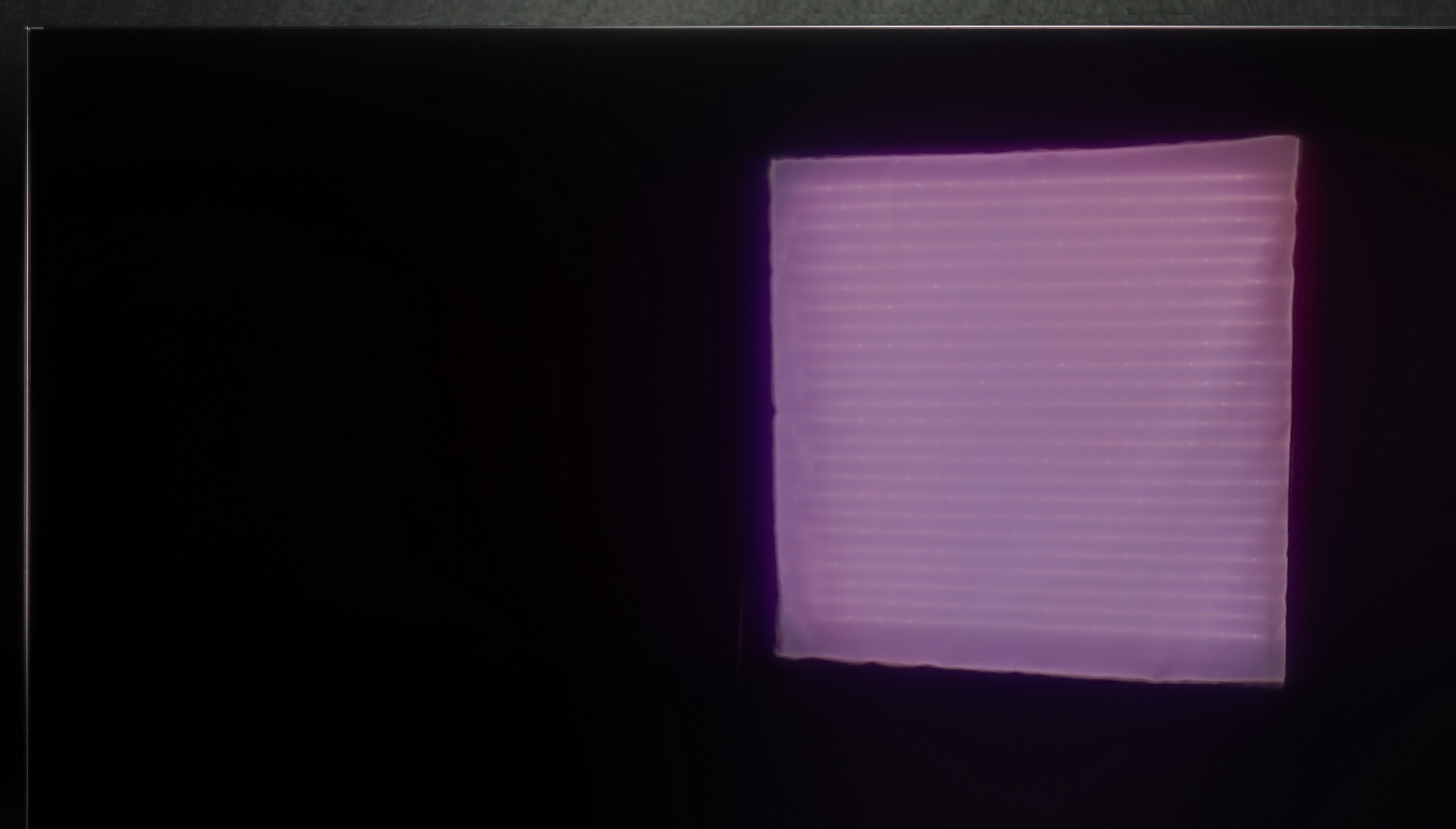

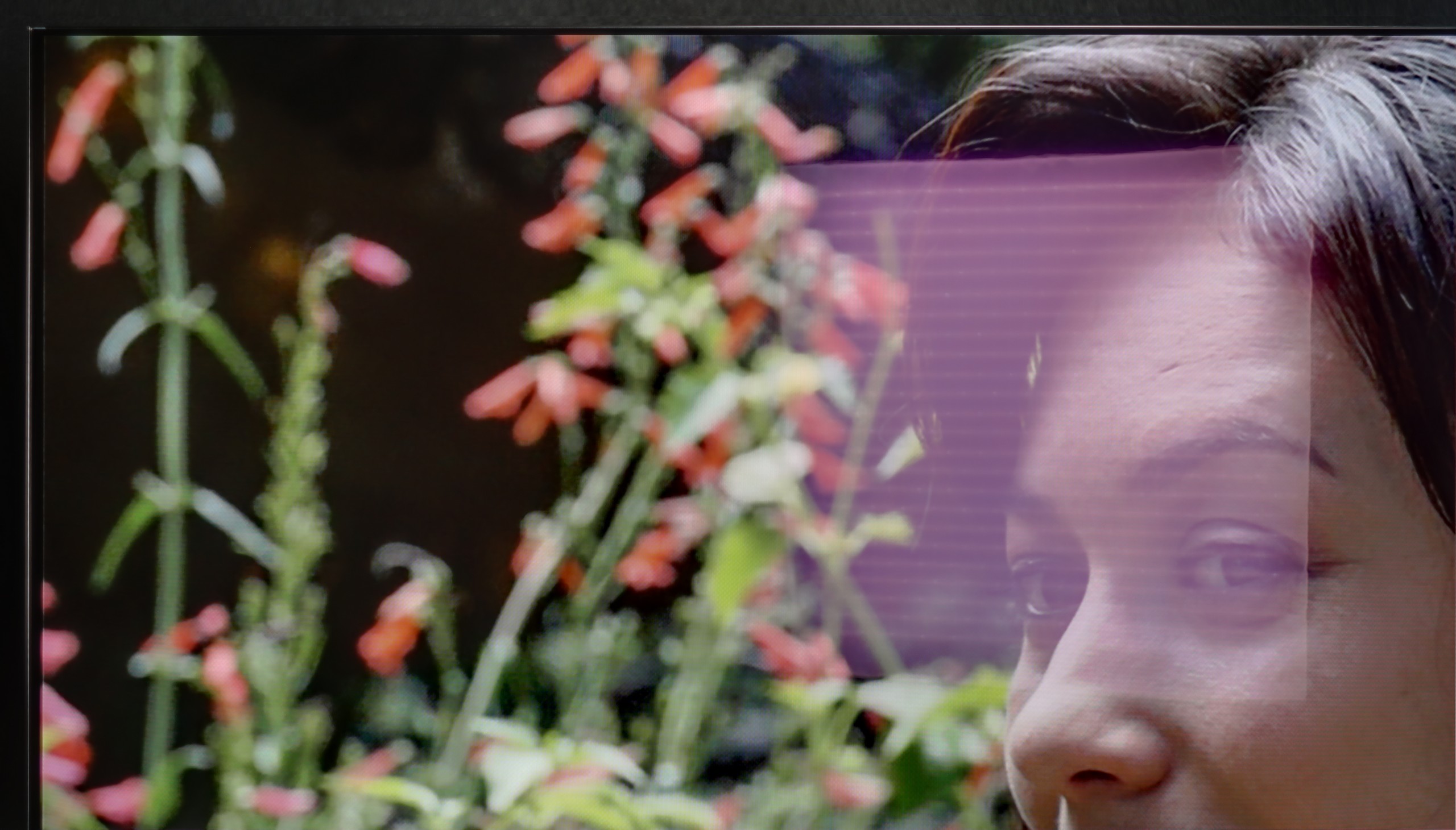
Matrix brightness
Average luminance SDR
LG OLED C5: 435 cd/m2
Philips PUS7009 (VA): 280 cd/m2
Although the panel in the Philips PUS7009 is equipped with a satin finish that effectively reduces reflections, the brightness level of 280 nits in SDR mode is simply too low for the TV to perform well in bright rooms. As a result, in heavily illuminated conditions, details on the screen may be difficult to see, which diminishes comfort during daytime use.
LG C5 is one of the brighter OLED TVs on the market, so it should perform well in moderately bright rooms without major issues. The average brightness in SDR mode is around 450 nits – a value sufficient for the picture to remain readable even during the day. Importantly, the black does not lose depth and does not turn "grey," which can still be a problem with QD-OLED panels.
Reflections, however, may pose a greater challenge. The WOLED panel used in the LG C5 has a glossy coating typical of this technology, which only partially diffuses reflections. In a well-lit living room with large windows, you can see your reflection on the screen – slightly muted but still visible. In a very sunlit room, it may turn out that blinds or curtains are necessary to fully enjoy the great picture quality.
Details about the matrix
Subpixel Structure:
Panel uniformity and thermal imaging:

TV features
6.2/10
7.9/10
- HDMI inputs3 x HDMI 2.0, 0 x HDMI 2.10 x HDMI 2.0, 4 x HDMI 2.1 48Gbps
- Other inputsIR (remote)
- OutputsToslink (Optical audio), eARC (HDMI), ARC (HDMI)Toslink (Optical audio), eARC (HDMI), ARC (HDMI)
- Network InterfacesWi-Fi 2.4GHz, Wi-Fi 5GHz, Ethernet (LAN) 100MbpsWi-Fi 2.4GHz, Wi-Fi 5GHz, Ethernet (LAN) 100Mbps
- TV receptionDVB-T, DVB-T2, DVB-S, DVB-S2, DVB-CDVB-T, DVB-T2, DVB-S, DVB-S2, DVB-C
Classic features:
- Recording to USB (terrestrial TV)
- Recording programming
- Picture in Picture (PiP)
- RF remote control (no need to aim at the screen)
- Backlit remote control
- Teletext
- Audio only mode
- Possibility to connect Bluetooth headphones to the TV
- Possibility to simultaneously use Bluetooth headphones and the TV speaker
Smart features:
- AirPlay
- Screen mirroring (Windows Miracast)
- Wyszukiwanie głosowe
- Voice search in native language
- Ability to connect a keyboard and mouse


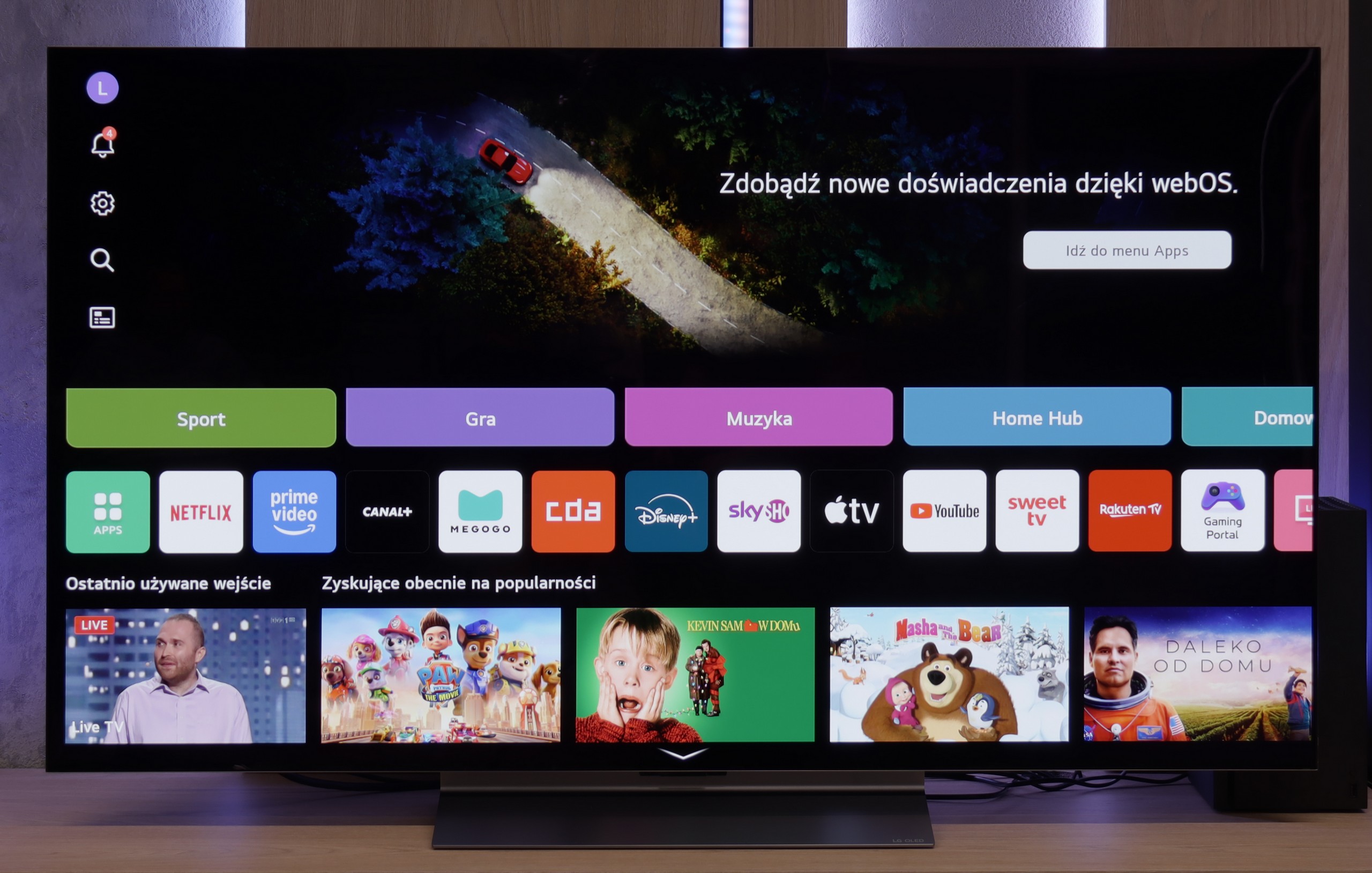
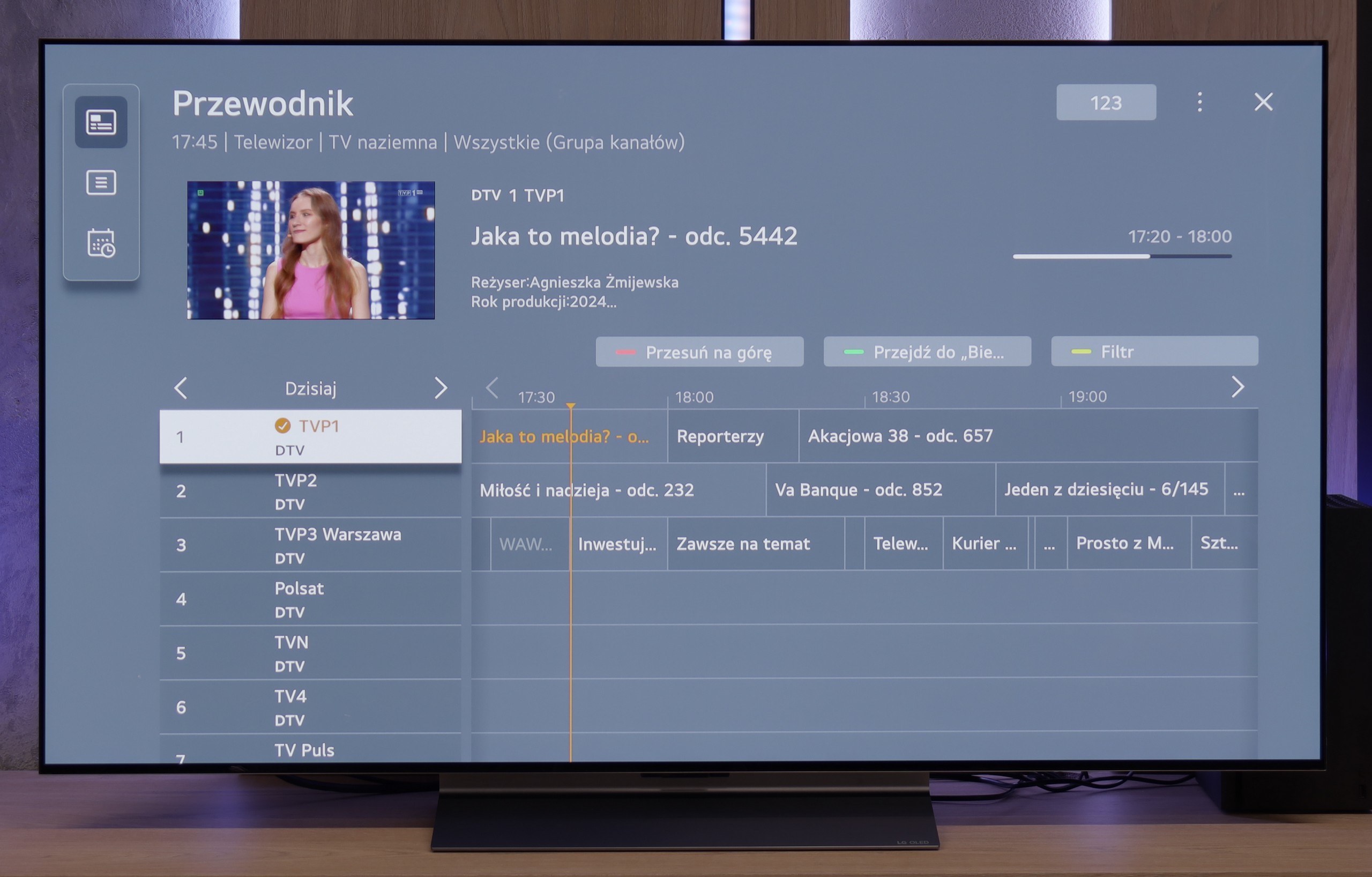
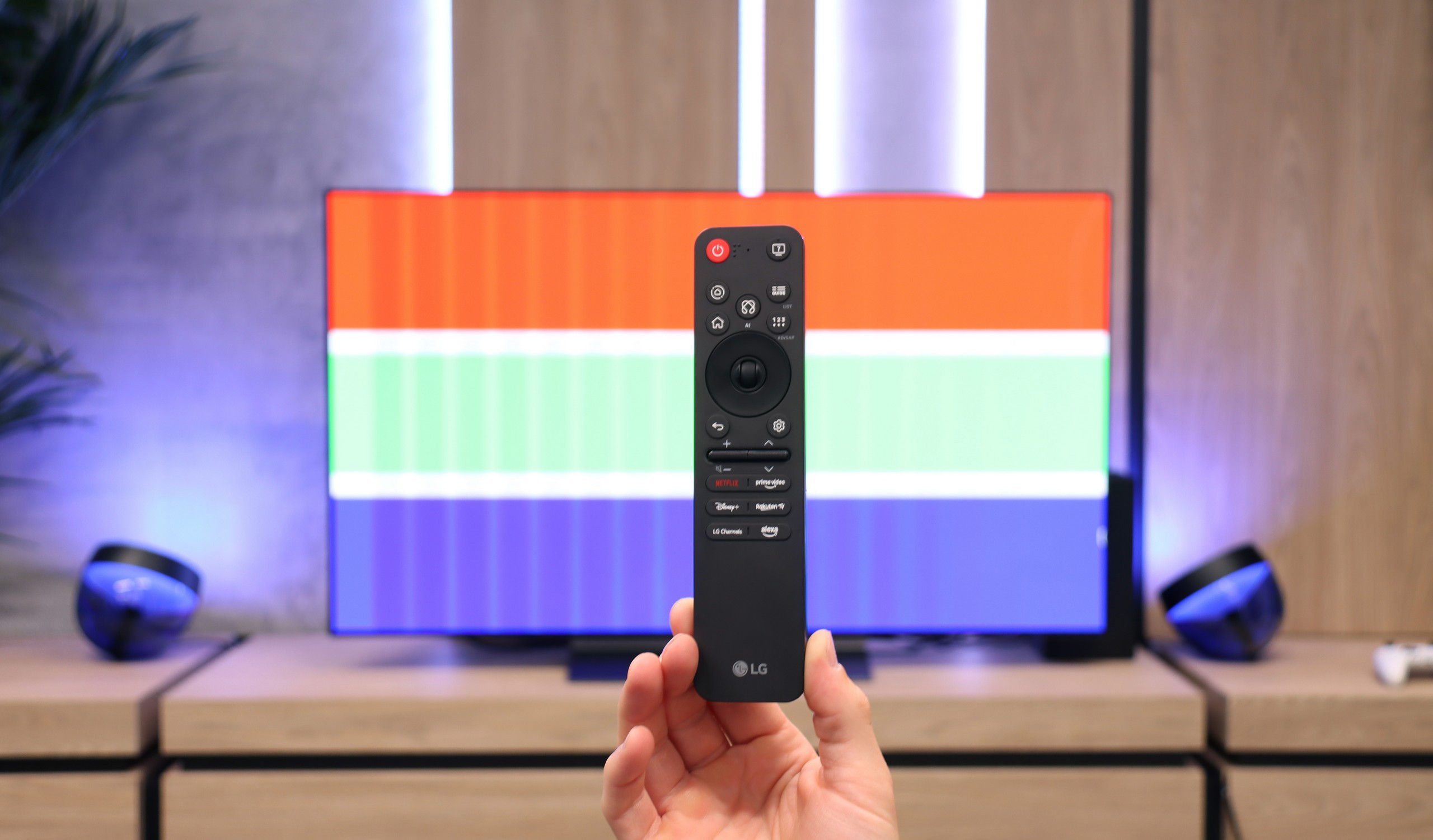
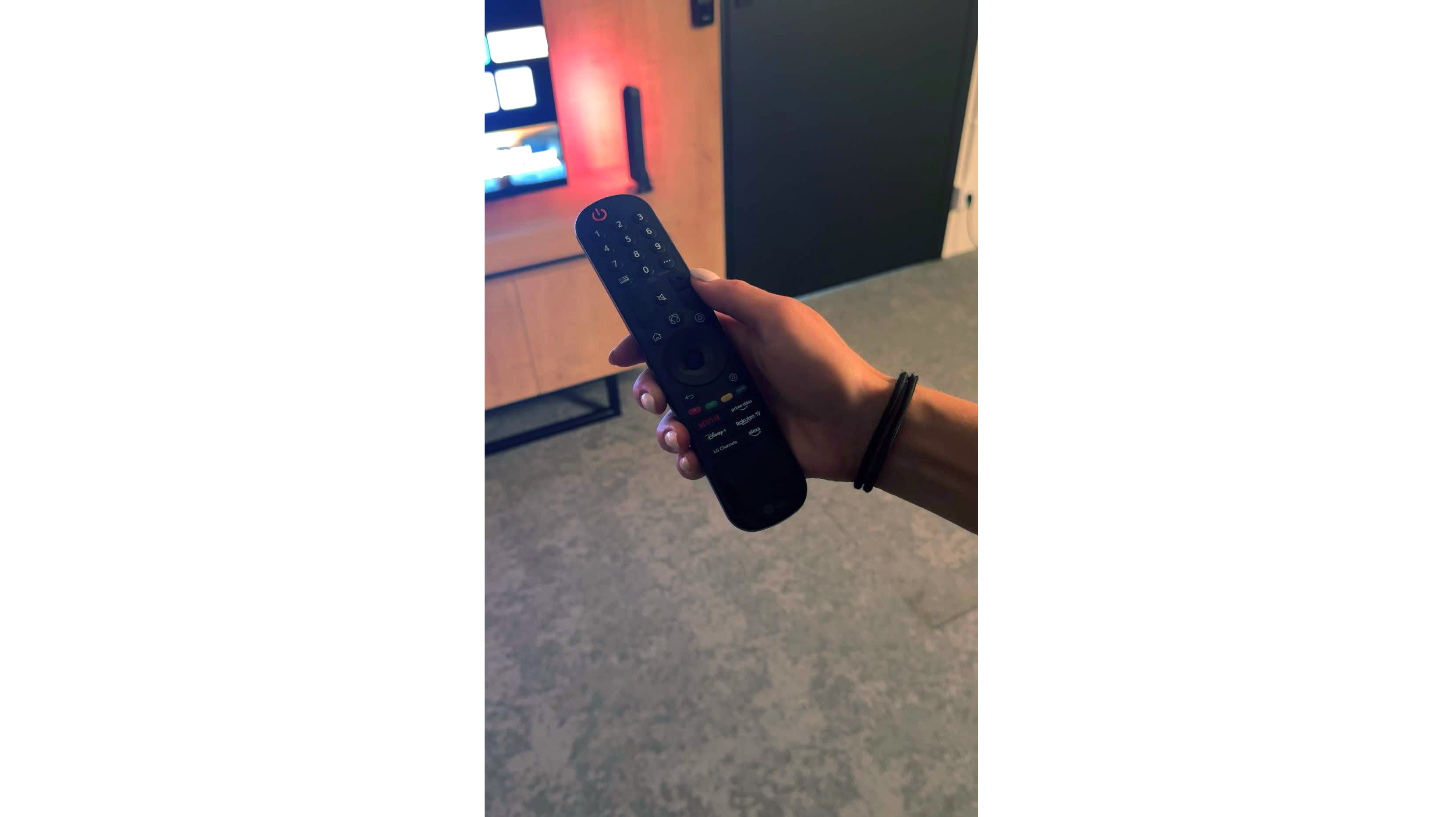
Philips has decided this year to change its approach to the operating system, replacing the previous open system GoogleTV with its proprietary TitanOS. As is often the case with new solutions, TitanOS is struggling with typical growing pains. It currently offers only basic applications, and the app store leaves much to be desired, which may disappoint users expecting a rich selection of programs. Additionally, the lack of support for AirPlay and the inability to record to USB are further limitations that could impact the overall user experience.
One interesting feature of the models with TitanOS is the new remote, which is very convenient to use thanks to its backlighting. Unfortunately, its wireless operation is not entirely consistent. The hybrid design means that sometimes you need to aim at the TV, and other times you don’t – it depends on the buttons being used. It’s just plain annoying.
On the plus side, there is support for Bluetooth, allowing you to connect a mouse or other peripheral devices. This is particularly useful when using the browser, which could serve as an alternative due to the limited availability of applications in the TitanOS app store.
Classic TV Features:
In terms of classic TV functionalities, the LG C5 performs really well. Here, we have the option to record programs to USB from built-in DVB-T(2) tuners, support for teletext, an EPG channel list, and seamless pairing of headphones via Bluetooth. For many users, these are still very important elements of everyday TV use – and LG doesn’t fall short in this area, except for the PIP function. It is worth noting the topic of the remote, or rather... the different versions of the remote. In our test, we used the C54 model, which is equipped with the new version of the Magic remote. It somewhat resembles Samsung's minimalist approach – there’s no numeric keypad or "source" button, but it looks modern and is comfortable for everyday use. Conversely, other variants, such as C5ELB, may be sold with an older version of the remote – a more classic one, with more buttons and a numeric keypad. Some may consider it more practical, while others see it as outdated. In short: quite a bit of confusion, so it's worth checking the model suffix before purchase.
Smart TV:
Regardless of the version of the remote, we’re operating the same system – WebOS. This is one of the most enjoyable solutions in the Smart TV world. The intuitive menu, fast performance, and support for popular features, such as AirPlay, screen mirroring, or voice assistant, make the system perform very well in everyday use. Additionally, controlling the cursor using the gyroscope in the Magic remote remains one of the most convenient forms of navigation in TVs. There are really quite a few applications here – Netflix, Disney+, HBO Max, Apple TV, and many more. However, one must remember that this is not a system based on Android/Google TV, so it may happen that we simply cannot find some less popular app in the LG store.
Playing files from USB
8.2/10
8.8/10
Supported photo formats:
Maximum photo resolution:

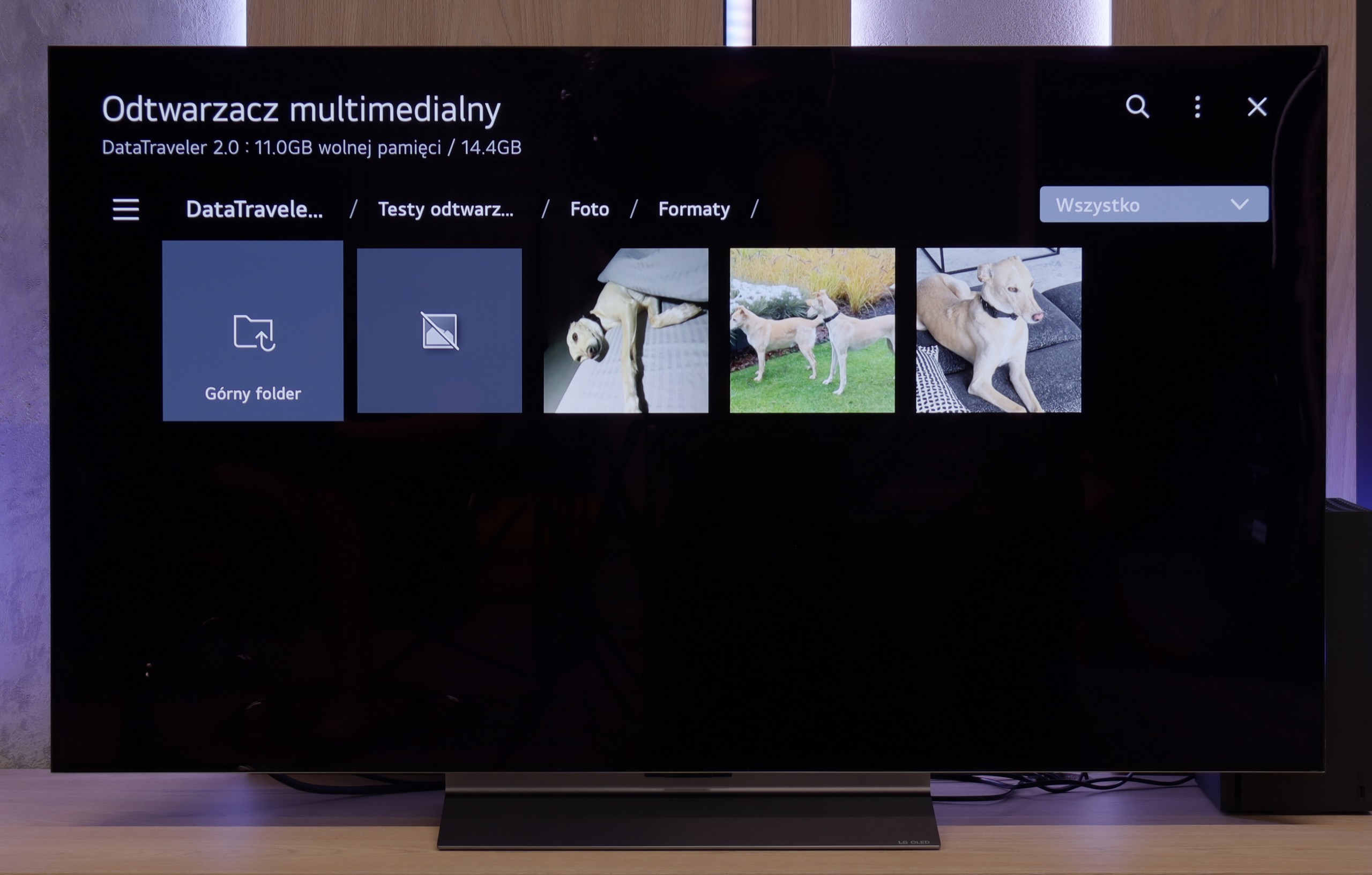
In terms of playback from USB, Philips PUS7009 performs quite decently. The TV plays most popular photo, audio, and video formats, and an added advantage is the support for Polish subtitles and the ability to change fonts. Unfortunately, it has issues with playing certain photo resolutions.
The LG C5 is equipped with quite a decent built-in media player that should meet the expectations of most users. It supports popular video and audio formats, handles SRT subtitle files, and opens most graphic files without major issues.
The interface itself is fairly simple and intuitive – it doesn't surprise, but it also doesn't create difficulties in everyday use. Of course, it's not at the level of external players or apps from Google TV, but for basic playback of films from a USB drive or hard drive – it's more than sufficient.
Apps
6.2/10
9.1/10














































Sound
5.6/10
7.2/10
- Maximum volume--
- Dolby Digital Plus 7.1
- Dolby True HD 7.1
- Dolby Atmos in Dolby Digital Plus (JOC)
- Dolby Atmos in Dolby True HD
- DTS:X in DTS-HD MA
- DTS-HD Master Audio
The sound on the Philips PUS7009 is rather flat and doesn't stand out compared to other televisions. Nevertheless, it's worth noting that the TV supports all popular audio formats, including Dolby and DTS, which is a plus in terms of compatibility with various sound sources.
For such a slim television, the LG C5 surprisingly offers quite good sound quality. The thin body manages to house a set of decent speakers that produce clear audio, with well-defined details and – surprisingly – a light but perceptible bass. For everyday viewing, that's more than sufficient, and in many cases, it may even deliver a pleasant surprise. It's just a pity that this year LG decided to completely abandon support for DTS codecs. For most people, this won't be an issue, but if someone uses Blu-ray discs and enjoys that format – especially in its more advanced versions – they may notice its absence. In such cases, an external receiver or soundbar with appropriate audio support is the solution.


